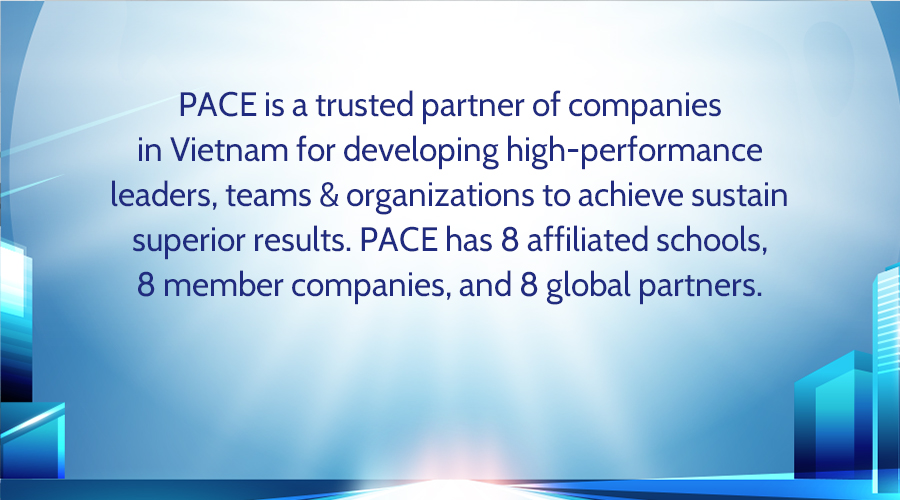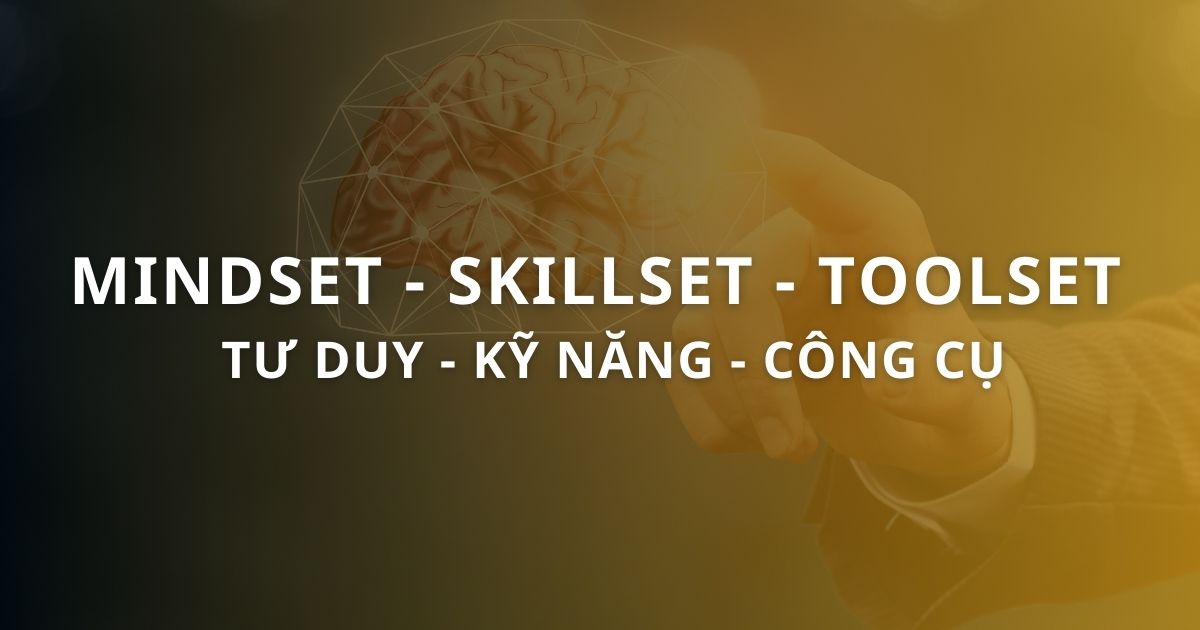Khi bạn sắp xếp các giá trị của tổ chức phù hợp với cả chiến lược và giá trị của nhân viên tạo ra cái mà chúng tôi gọi là sự đồng nhất các giá trị - bạn gặt hái đủ loại lợi ích: mức độ hài lòng trong công việc cao hơn, tinh thần đồng đội tốt hơn, giao tiếp hiệu quả hơn, đóng góp nhiều hơn cho tổ chức, đàm phán hiệu quả hơn và có lẽ đáng ngạc nhiên hơn là sự đa dạng, công bằng và hòa nhập hơn. Phát hiện yêu thích của chúng tôi liên quan đến tác động của sự liên kết giá trị đối với doanh thu của các giám đốc điều hành. Khi chúng tôi nghiên cứu các bộ phận của một tổ chức đa đơn vị, chúng tôi nhận thấy rằng các COO có sự liên kết giá trị thấp cần tăng lương 40% để có khả năng ở lại công việc của họ như những người có sự liên kết giá trị cao. Hãy tưởng tượng rằng: Sự gia tăng liên kết các giá trị có tác động lớn như mức tăng 40%.

Giá trị so với niềm tin
Để suy nghĩ rõ ràng về sự liên kết của các giá trị, cần phải hiểu giá trị thực sự là gì và không phải là gì. Chúng chỉ đơn giản là những nguyên tắc đánh giá: Chúng xác định xem một người nhận thức xem điều gì đó là tốt hay xấu hay quan trọng. Các giá trị không phải là niềm tin và chúng không liên quan chặt chẽ đến nhân khẩu học như chủng tộc và giới tính.
Hãy coi giá trị là mục đích mà bạn theo đuổi và niềm tin là con đường mà bạn cho là dẫn đến mục tiêu đó. Hãy xem xét hai người đều coi trọng sự sáng tạo. Người đầu tiên tin rằng nó đạt được thông qua sự trầm ngâm tĩnh lặng, và người thứ hai tin rằng nó đạt được thông qua tương tác với những người khác. Họ có cùng một mục tiêu nhưng sẽ theo đuổi nó rất khác nhau.
Bởi vì bạn có thể sai trong niềm tin của mình, bạn có thể cải thiện chúng. Một trong những cách tốt nhất để làm điều đó là tương tác với những người có niềm tin khác. Nếu hai người trong ví dụ đó gặp nhau để nói về sự sáng tạo, một người có thể thuyết phục người kia thay đổi niềm tin của mình về cách tốt nhất để đạt được điều đó, và sự thay đổi đó sẽ được coi là sự học hỏi.
Tuy nhiên, đó không phải là trường hợp với các giá trị. Nếu bạn là một người trưởng thành, các giá trị của bạn luôn đúng—dành cho bạn. Thật vô nghĩa khi nghĩ đến việc “cải thiện” chúng, bởi vì các giá trị của bạn xác định ý nghĩa của việc “cải thiện”.
Trước khi đưa ra lời khuyên về cách xác định và làm rõ các giá trị của tổ chức bạn, chúng tôi muốn cảnh báo bạn về một số cạm bẫy. Chúng ta ngày càng thấy các nhà lãnh đạo mắc một trong hai sai lầm khi họ cố gắng sử dụng các giá trị để xây dựng văn hóa và thúc đẩy hiệu suất.
Đầu tiên là: Tất cả các nhà lãnh đạo thường cho rằng nếu họ liên tục nhắc đi nhắc lại các giá trị của tổ chức, thì những lời nói đó sẽ có sức mạnh như thần chú và nhân viên sẽ bị mê hoặc, gần giống như những thây ma. Đối với chúng tôi, điều đó được hình thành từ điều mà một nhà lãnh đạo tại một ngân hàng đầu tư toàn cầu đã nói khi giải thích cách ông ấy truyền đạt các giá trị chính thức của ngân hàng cho nhân viên mới: “Tôi chỉ vào danh sách các giá trị và nói với họ rằng khi bạn ở trong bốn bức tường này, bạn không còn là một cá nhân nữa. Đây là những giá trị của bạn”.
Giám đốc điều hành đó có một mục tiêu hoàn toàn hợp lý: Ông ấy đang cố gắng tạo ra một tập hợp các giá trị được chia sẻ nhằm thúc đẩy văn hóa đạo đức hơn tại ngân hàng của mình. Nhưng ngân hàng đã không được biết đến về đạo đức và các giá trị mà ông đang thúc đẩy đã không đạt được sức hút. Điều đó không có gì đáng ngạc nhiên, bởi vì cách tiếp cận giá trị như ma thuật có xu hướng tạo ra hiệu ứng xa lánh. Bất kể mọi người làm việc ở đâu, họ không muốn các giá trị đơn phương áp đặt lên họ, đặc biệt nếu những giá trị đó không phù hợp với giá trị của họ. Khi điều đó xảy ra, họ cảm thấy bị cướp mất quyền tự quyết, và họ trở nên hoài nghi về điều này khiến họ bắt đầu hành xử kém đạo đức hơn.
Sai lầm thứ hai liên quan đến một giả định khác: làm việc để phát triển các giá trị được chia sẻ là trái ngược với các mục tiêu về sự đa dạng, công bằng và hòa nhập. Nhưng đó là một giả định sai lầm. Nếu bạn đang theo đuổi sự đa dạng về giá trị trong tổ chức của mình, thì thực ra bạn đang theo đuổi sự đa dạng về mục đích, điều đó có nghĩa là bạn đang khuyến khích mọi người làm việc với nhiều mục đích khác nhau. Sẽ tốt hơn nhiều nếu tất cả nhân viên đều hướng đến cùng một hướng, theo đuổi những giá trị giống nhau.
Kris Beevers, Giám đốc điều hành của NS1, một công ty điện toán đám mây mà chúng tôi đã hợp tác với các giá trị, so sánh ý tưởng này với trường vectơ - một khái niệm từ phép tính mô tả ảnh hưởng kết hợp của nhiều lực lượng độc lập. Nếu các vectơ trong trường nhắm theo các hướng khác nhau, chúng sẽ triệt tiêu lẫn nhau. Điều này cũng đúng đối với các giá trị trong một tổ chức: Nếu bạn muốn đạt được những lợi ích của sự đa dạng, bạn cần hướng tới sự liên kết.
Hãy coi giá trị là mục đích mà bạn theo đuổi và niềm tin là con đường mà bạn cho là dẫn đến mục tiêu đó.
Những nhà lãnh đạo không nhận ra điều này thường tìm cách loại bỏ mọi lời bàn tán về “sự phù hợp với văn hóa” - vốn là một chức năng tự nhiên của các giá trị được chia sẻ - khỏi việc tuyển dụng. Chúng tôi gọi đây là các giá trị như vị trí màn khói. Bởi vì nó gắn liền với ý tưởng rằng các nhà tuyển dụng sử dụng cách nói về các giá trị để che đậy những cách thức thiên vị mà họ thực sự đưa ra quyết định tuyển dụng. Chúng tôi đồng ý với Lauren Rivera của Trường Northwestern's Kellogg và những người khác rằng các tổ chức đôi khi có thể che giấu sự thiên vị trong quy trình tuyển dụng dưới nhãn hiệu phù hợp với văn hóa, ví dụ, bằng cách ưu tiên những người có sở thích ưu tú như chèo thuyền và bóng quần (môn thể thao dùng vợt ở trong nhà). Nhưng những người ủng hộ ý tưởng coi giá trị như làn khói đã đưa quan sát đó đi quá xa và sử dụng nó để biện minh cho việc hoàn toàn không quan tâm đến khái niệm phù hợp với văn hóa.
Văn hóa tổ chức là trung tâm của nó được tạo thành từ các giá trị và niềm tin cũng như các chuẩn mực hành vi bắt nguồn từ chúng, và những điều đó rất quan trọng đối với sự thành công của tổ chức. Khi “sự phù hợp văn hóa” được coi là cách viết tắt của sự tương đồng về các thuộc tính không liên quan về mặt tổ chức như hoạt động giải trí và phong cách giữa các cá nhân, thì các thành phần văn hóa có liên quan về mặt tổ chức sẽ bị tổn hại bởi sự liên kết.
Quá trình liên kết giá trị
Có 5 bước được thực hiện theo tuần tự để thiết lập nền tảng cho sự liên kết các giá trị:
1. Xác định các giá trị cá nhân của tất cả các thành viên tổ chức.
2. Xác định những vấn đề cần được ưu tiên trong các chiến lược.
3. Tìm kiếm những giá trị “sáng giá” nhất trong các giá trị của tất cả các thành viên tổ chức, vừa phục vụ các chiến lược vừa cộng hưởng với các cá nhân.
4. Đánh giá những giá trị được chọn lựa.
5. Chỉnh sửa các giá trị tốt nhất đã được chọn để tạo ra bộ giá trị cuối cùng của tổ chức.
Nguồn: hbr.org









.jpg)
.jpg)
